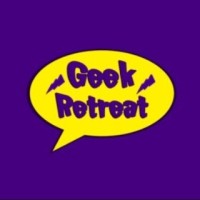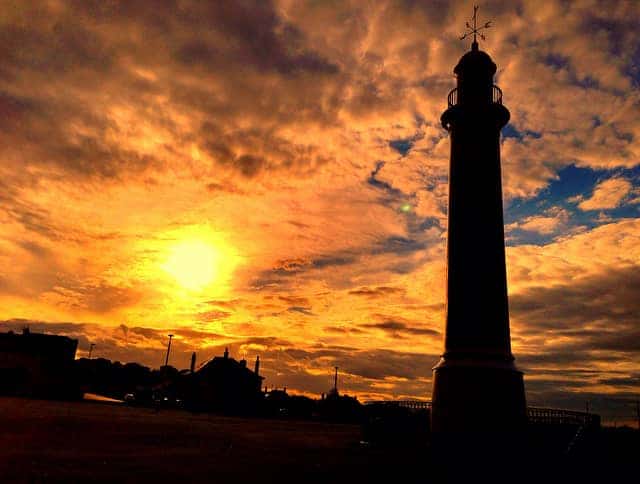Crowdfunding is being used to help reveal a mystery of early Christianity in Britain that has lasted for more than 1,000 years.
A major exploratory dig will take place on Lindisfarne, off the Northumberland coast, to find the first monastery where the world famous Lindisfarne Gospels were created and where St Cuthbert once lived.
The Anglo-Saxon monastery was founded in 635 by King Oswald and was attacked in 793 by the Vikings in their first major raid on the British Isles.
The location of the monastery was subsequently lost, and though small artefacts including Anglo-Saxon stone carvings have occasionally surfaced, archaeologists have been unable to unearth its remains.
The ruins of its medieval replacement are still visible on Lindisfarne, also known as Holy Island, but the location of the destroyed original has eluded experts.
Now DigVentures, described as a “crowdfunding archaeological social enterprise”, is asking for the public’s help.
They have carried out preparatory geophysical surveys and plan to dig two trenches to find out more.
Archaeologists Dr David Petts from Durham University and Brendon Wilkins are appealing for backers to become part of their team.
For £10 the public will be able to follow progress of the dig online, with access to a digital archive of records.
Pledges rise for various benefits: for £525 supporters can join the dig for a week in June.
Dr Petts said: “The centrality of the first Lindisfarne monastery in the history of early medieval Britain and its – until now – elusive nature gives this dig the potential to be one of the most important archaeological discoveries in the UK in recent years.
“Working with DigVentures allows us to open up the process of research and scientific excavation – it’s the future of discovering the past.’
Mr Wilkins said all the money pledged would go towards archaeological research, and stressed there would be open days and access for schools which would be free.
Crowdfunding the research was an exciting way of opening it up, he said.
“It’s a unique model which brings the resources into archaeology in a way that everyone can access it, no matter what,” he said.



